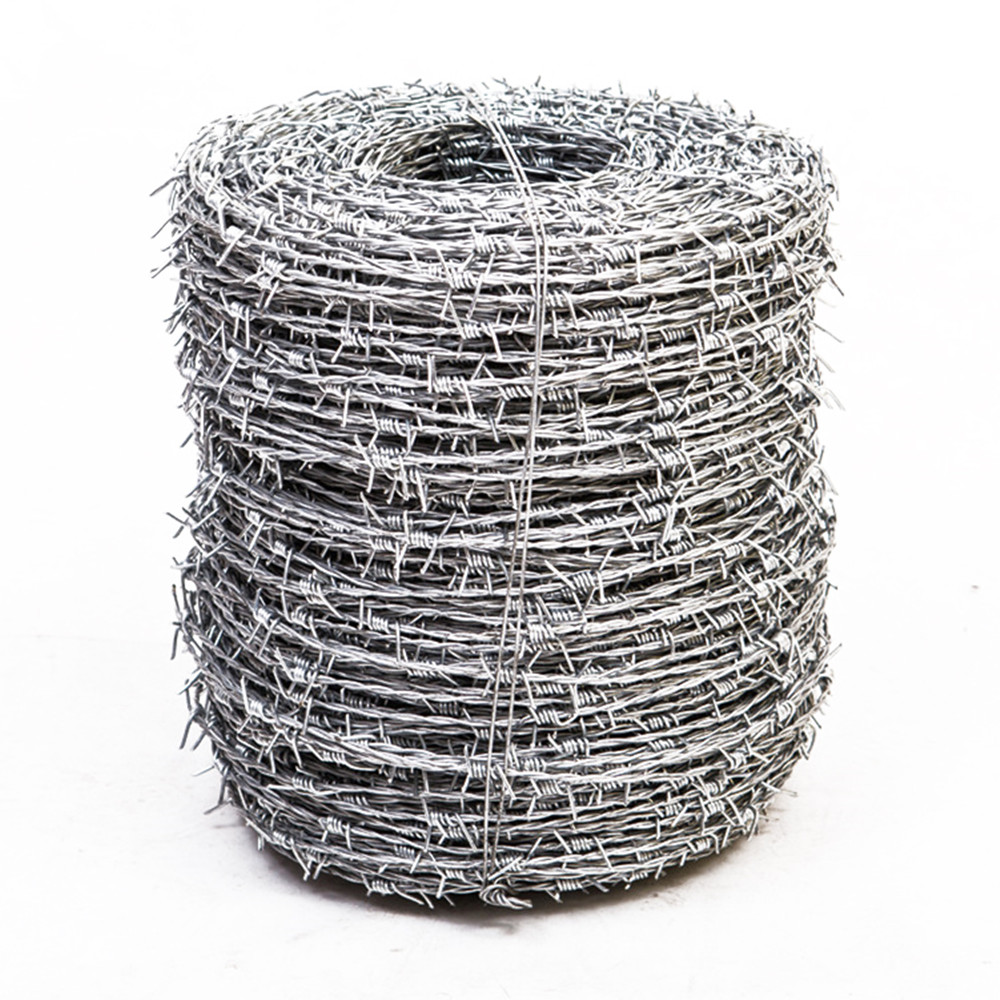Note on the paint on the wall: Prepare for work
Door and window frame protection is good: the door, window frame, furniture and paint joints, paste color separation paper protection. Furniture such as wooden cabinets and partitions should be sealed with newspapers to prevent the paint from dripping and staining the furniture.
Care should be taken in the coloring of paints: walls with color requirements should be accurately calculated in advance, and the materials used should be evenly distributed at one time. Usually the total coating area (including ceiling) = floor area x3.5 (increased due to the height of the ceiling and the number of doors and windows). Good quality coatings, such as Nippon Paint and Classic Paint, have a coating area of ​​16-20 square meters per liter. You can adjust the amount according to the thickness of the paint film.
The wall primer is applied well: the wall should be primed before painting to prevent the wall from becoming damp, so that the color of the topcoat is even and the water stains are prevented.
Note on the wall paint 2: The construction details are not too small
Roller painting: Topcoat construction sequence: first ceiling, line, back wall. The paint on the wall should be at least twice. The first coat can add 5-10% water to facilitate the wall absorption. The second coat can be filled with no water, and there is a certain interval between the first coat and the coating.
Construction tool tips: When rolling, you need to use two kinds of roller brushes at the same time. The coarse roller brush first and the fine roller brush will follow. Use a thick roller to spread the paint evenly on the wall, then use a fine roller to brush the place where the thick roller is brushed, and then re-brush it to make the wall paint fine and brush out the desired pattern. Note that when rolling, do not stick too much paint on the roller, the rolling pressure should be uniform and the speed should be moderate. The horizontal, vertical, and oblique directions must be evenly rolled.
Note on the wall surface: repair details after construction
Brush repair: After painting with a roller brush, it is necessary to use a brush to paint the wall and the corner of the wall, especially the seam position of the wall and corner, wooden cabinet, partition, etc. and the corner of the wall. Where.
Polishing the wall: After the wall paint is dry, use sandpaper to polish the wall to reduce the brush marks on the wall and make the wall smoother. When grinding, be careful to feel the smoothness of the wall from time to time to judge where it needs to be polished, and the grinding intensity should be moderate and wide.
Note on the wall surface: construction cleaning and inspection
(1) Clean up the paint marks on the foot line and Other places.
(2) Check whether the color of the wall meets the design requirements, whether the color of the painted surface is consistent, and does not allow quality defects such as bottoming, leaking brushing, skin alkali falling off, foaming, biting, and falling.
The Barbed Wire is twisted and knitted by a fully automated barbed wire machine. The folk are commonly known as shovels, barbed wire, and barbed wire. Finished product type: Single wire twisted and double wire twisted. Raw materials: high-quality low-carbon steel wire.
Surface treatment process: electro-galvanized, hot-dip galvanized, plastic coated, sprayed.
There are blue, green, yellow and other colors.
Used for grassland boundary, railway, highway and other isolation protection.

Barbed Wire
Barbed Wire,Hot Dipped Barbed Wire,Pvc Coated Barbed Wire,Galvanized Barbed Wire
Hebei Giant Metal Technology Co., Ltd. , http://www.358fencing.com